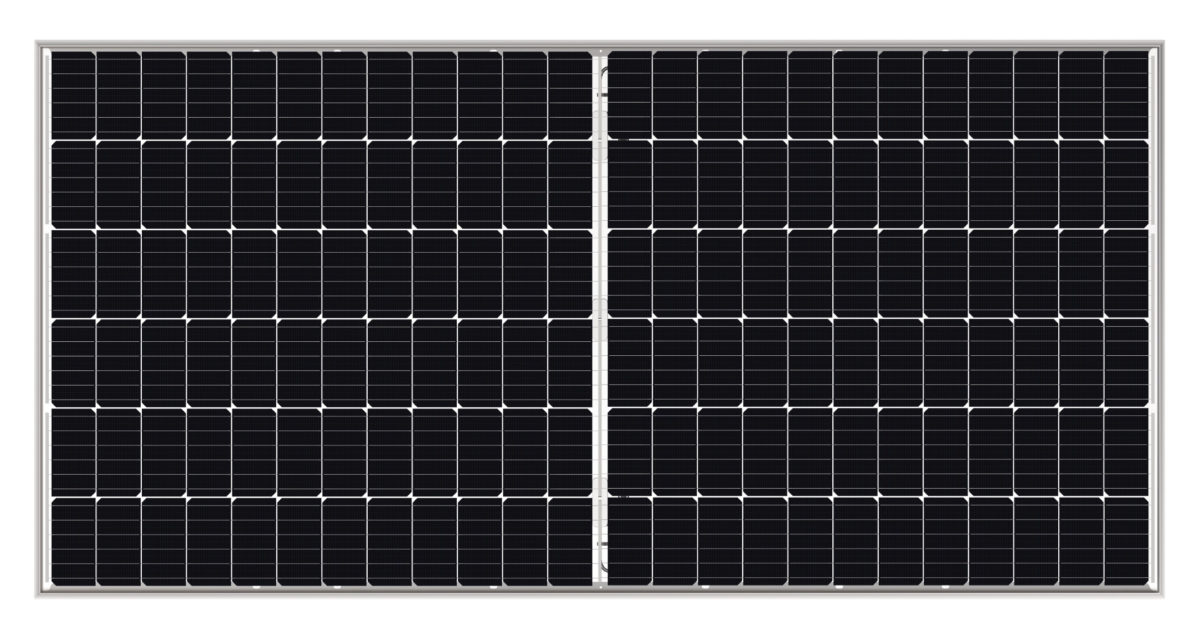Cue Lemmy comments complaining about this being RND and people can’t buy 35% efficiency panels from Costco this weekend.
To put it into perspective, perovskite solar cells have had multiple headlines a month as a “breakthrough“ and “just around the corner” for more than ten years. I think those that follow this tech are just getting a little disappointment fatigue. Awesome tech though - I just hope they can make it stable enough to last in real world conditions soon.
Just saying that, with energy and medical scientific advancements, you’re often looking at decade long lead times before something is available for the masses. And humans famously suck at contextualizing things over long periods of time.
It’s normal to hear about R&D that is a decade or more from commercialization. It often takes a long time to secure investment for consumer applications, invent new mass manufacturing processes for a new technology, etc.
And I completely agree with you, it’s always going to take a while.
I just remember years ago when it was promising a 50% increase in efficiency, but then regular panels caught up and achieved that anyway. This game of cat and mouse has been running for Elon Musk’s Full Self Driving level timelines.
I believed the hype and in ~2020 decided to wait to add a 2nd array until perovskite panels were released “early next year”, and I’m still waiting 3 years later. I hear they will be produced early next year, so that’s something to look forward to.
Oxford PV set up a 100MW plant back in 2021… But that was with efficiency barely better than traditional mono (23-26.81% for mono vs. 28.6% for perovskite).
The value proposition was never there before, but it might be now…
Yeah, all these super-efficient panels are all well and good but like you said they’ve been promised for over a decade and have yet to leave the lab due to a bunch of different problems such as stability for these organic hybrids. I wonder if these newest ones have actually managed to solve the stability problem, or is this yet another cell revolution that’ll be coming Real Soon Now™ in 2034
But let’s go back in time 10 or 15 years. Back then people were buying stuff that was around 12 to 14% efficient. Now people are buying stuff that is 19% to 22% efficient. That’s a big ass jump in efficiency over a decade.
The tech is rolling out, it just takes time to move stuff from R&D to manufacturing at scale and at a reasonable cost.
There is often a long lead time between the breakthrough science, new industrial applications, and when you can buy something at HomeDepot. It’s always going to be that way.
Oh yeah I was specifically talking about all these new technologies, not just incremental improvements on the existing ones. Hybrid organic cells have been promised for a long time and it’s not just a question of scaling etc., but that they have had serious issues that have so far meant that they were a complete non-starter for any actual real-world use. I didn’t look into this any further so I don’t know of Longi solved the stability problem, though, so it may be that they’re finally actually ready to even start leaving the lab
If I cant have them at my front door by next friday I’m not interested 😤
Cue reality as R&D vs actually getting products to market are two HUGELY different things
All 99.99999% of science PR, will never be heard from again.
My panels are 12 years old and approx. 12% efficient, treble the power from the same roof space would be a very tempting upgrade, as long as the price does not go up too much.
treble the power

I have never felt so personally attacked by a SpongeBob meme.
The main issue is with longevity, once they solve that, I am hopeful they will then this will dominate the Solar market completely and replace all the Silicon based single band gap panels. Even someone with relatively recent panels of 20-22% would benefit a lot from 35% panels, that is a lot of extra power in the same space.
Is longevity currently a deal breaker?
Asking because I’m pretty sure just saw an article about solar panels from the 90s that were still working at 70+% capacity
Longevity issues combined with harmful rare mineral extraction kinda eats ass in the long run
Worse the the status Quo though?
This is the best summary I could come up with:
Longi said today at the SNEC tradeshow in Shanghai, China, that it has achieved a power conversion efficiency of 34.6% for a perovskite-silicon tandem solar cell.
The European Solar Test Installation (ESTI) has certified the results, which represent a world record for this cell typology.
The previous record was held by Longi itself, which achieved an efficiency of 33.9% in November.
“We achieved this result by optimizing the thin film deposition process of the electron transport layer, developing and using high-efficiency defect passivation materials, and designing and developing high-quality interfacial passivation structures,” the company said in a statement, without providing further details.
The European Solar Test Installation (ESTI) certified the results, which represented a significant increase on its previous 31.8% efficiency rating, which was announced during last year’s SNEC edition.
Longi has broken the world record for solar cell efficiency 16 times since April 2021.
The original article contains 180 words, the summary contains 145 words. Saved 19%. I’m a bot and I’m open source!



